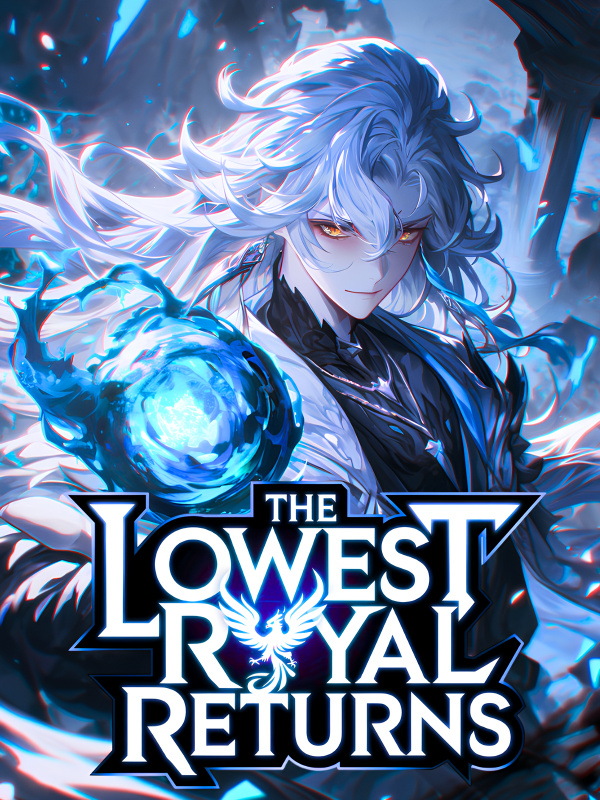©Novel Buddy
Video Game Tycoon in Tokyo-Chapter 1017: The Chain Reaction Triggered by the Movie’s Popularity
Chapter 1017 - The Chain Reaction Triggered by the Movie's Popularity
Metal Gear, Uncharted, and Ready Player One.
These three films swept theaters across multiple countries in just one month.
Among them, Ready Player One had the highest box office performance. The other two were estimated to reach around $500 million each, which was already considered a big success — making a profit in film means you've won.
But Ready Player One was the most successful of the three.
Its opening week alone brought in over $300 million, and it continued to perform strongly. Final estimates put its box office at around $800 million.
People called it another successful genre breakthrough by director Jesse Hormier.
Industry experts also began analyzing why the film worked so well.
They believed there were two main reasons:
First, the countless video game Easter eggs designed to please gamers. According to reliable statistics, there were over 600 Easter eggs in Ready Player One.
Half of them were from Gamestar Electronic Entertainment, while the rest were IPs licensed through Jesse's industry connections.
At first, this massive number of Easter eggs wasn't well received. Professionals thought it would overwhelm viewers and distract from the story.
But professionals often only understand technical details — audience reactions are unpredictable.
No one expected just how impactful the Easter eggs would be for gamers.
Instead of feeling overwhelmed, gamers loved it. Searching for hidden references felt like a treasure hunt inside the movie itself.
They treated the film like a game — a hunt for hidden gems.
In the movie, the protagonists are called "egg hunters." In the theater, the viewers became their own version of egg hunters too.
The second reason for the movie's success was Jesse's exceptional directing.
At over seventy years old, he had reached the peak of filmmaking. No one else could confidently say they'd do better with such a unique film.
But with Jesse behind the camera — success was all but guaranteed.
Tokarev was so happy he could smile at his worst enemies. Even if they insulted him, he wouldn't care.
Because when you're making money, everything feels lighter.
And it wasn't just the money — it was also the fame.
Uncharted, Metal Gear, Ready Player One — these three films made his production company famous again.
Now, more game adaptation offers would definitely come his way.
Even if Takayuki remained cautious with licenses, there were still plenty of well-known games from other companies.
More importantly, several major entertainment giants — not even related to games — started approaching him to discuss making large crossover films.
Ready Player One sparked a major reaction online and within gamer communities.
A film that encouraged viewers to search for fun and Easter eggs — that was something new.
Seeing how well this movie did just by stacking Easter eggs, other media giants couldn't stay calm.
They all owned mountains of valuable IP, but had never thought to combine them like this.
Now they realized — bringing together famous IPs could create a powerful chemical reaction.
It became like a massive fan festival. Everyone could find something they liked in the film, and the buzz it generated was incredible.
People were eager to find hidden fun in the movie, and they couldn't stop talking about it.
Even after the film left most theaters, Ready Player One's popularity didn't fade. People kept coming back, convinced there were still hidden eggs left.
And it was true — even the official egg count wasn't fully reliable.
To find those hidden references, they had to rewatch the film, which meant more ticket sales.
It's estimated that at least $100 million of the total box office came from repeat viewers hunting Easter eggs.
But this kind of film had its downside — it was hard to make a sequel.
Once is fresh, twice is fun, but by the third time, audiences might be bored.
To make it work again, you'd need even more powerful IPs.
Even Takayuki could only bring in so many unique cultural icons — one Ready Player One movie was enough.
The success of these three films didn't just shake the film industry.
Over the next few weeks, Gamestar Electronic Entertainment saw a noticeable increase in game sales.
Especially the Metal Gear and Uncharted series.
Some of the Metal Gear games were old and no longer in print, but second-hand stores still sold them.
Before, those used cartridges sold for around $10. After the movie's success, the price tripled.
Eventually, clean-condition copies sold for $50–60 — about the same as a brand-new AAA title.
Some unopened ones even sold for more, becoming collectibles.
Other games also saw a small sales boost — perhaps due to Ready Player One's influence, or because the gaming community was growing again.
And that was good news.
Since the global economic downturn, the gamer population had shrunk.
Now, with growth returning, many game companies regained confidence and started increasing development budgets again.
As the biggest winner, Gamestar Electronic Entertainment didn't miss their chance.
In fact, they had already prepared for this moment.
About a month after Ready Player One launched and its popularity peaked, Gamestar officially announced their upcoming game lineup.
One was the next game in the GTA series — GTA V.
The other was a long-secret project that was finally ready to be revealed:
Cyberpunk 2077.







![Read The Royal Military Academy's Impostor Owns a Dungeon [BL]](http://static.novelbuddy.com/images/the-royal-military-academys-impostor-owns-a-dungeon-bl.png)